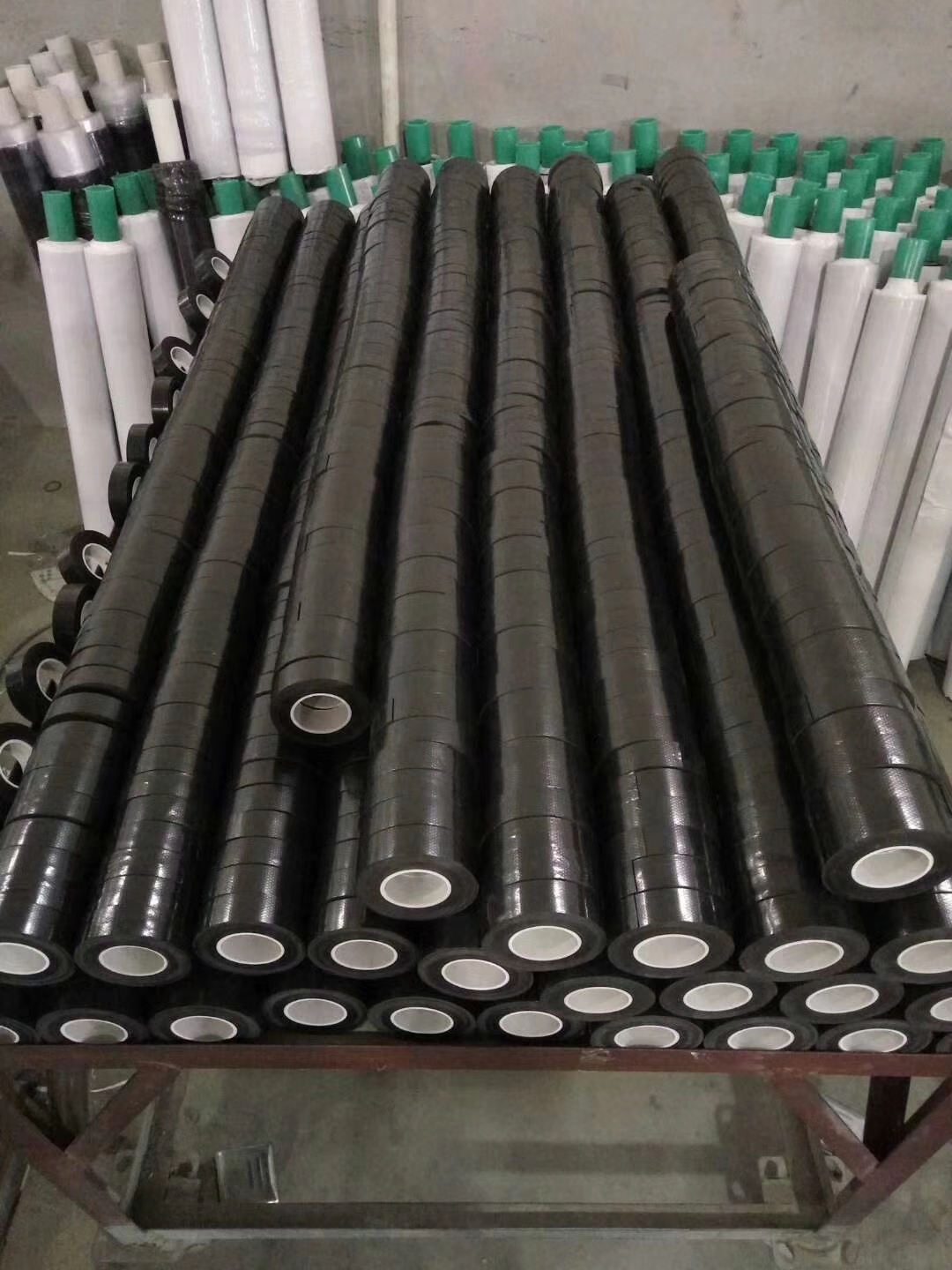Understanding the Types of Intumescent Strips A Key Component in Fire Safety
Intumescent strips are critical components used in fire prevention and safety measures, primarily in buildings and structures
. These strips expand significantly when exposed to heat, forming a protective barrier that helps to seal gaps and prevent the spread of fire and smoke. Understanding the various types of intumescent strips is essential for architects, builders, and safety professionals to ensure compliance with fire codes and enhance safety measures in construction.One of the most common types of intumescent strips is the fire door seal. These strips are specifically designed to be installed around fire doors, which are essential in preventing the passage of smoke and flames between compartments of a building during a fire. Fire door seals can be made from a variety of materials, including rubber and thermoplastic, and they expand when exposed to high temperatures, providing a tight seal that helps protect escape routes and reduce damage.
Another type is the window intumescent strip. These strips are used around the frames of windows, particularly in high-rise buildings where the risk of fire spreading through window openings is higher. Window intumescent strips work similarly to fire door seals by expanding when exposed to heat, thereby blocking the passage of smoke and flames through window frames, thus enhancing the overall fire resistance of the building.
types of intumescent strips

Pipe collars are another important type of intumescent strip. These collars are installed around plastic and metal pipes that pass through fire-rated walls or floors. In the event of a fire, the intumescent material within the collar expands to fill the gaps created by the pipe's melting or buckling, effectively sealing the opening and preventing fire and smoke from spreading through these vulnerable points.
Additionally, pre-formed intumescent strip systems are available. These are custom-made strips that can be designed to fit specific applications, including unusual shapes and sizes of gaps around doors, frames, and other building elements. This flexibility makes them a popular choice for architects striving for both aesthetics and safety compliance in their building designs.
Furthermore, the use of intumescent paint as a protective layer cannot be overlooked. Although not a strip per se, intumescent paint works on similar principles, expanding when exposed to high temperatures to protect structural elements (like steel beams) from fire damage. This form of protection adds another layer to fire safety measures in a building, complementing the use of intumescent strips.
In conclusion, intumescent strips play a vital role in fire safety strategies within buildings. With their ability to expand and seal off openings during a fire, different types of intumescent strips—through their specific applications, such as on doors, windows, and pipes—help to protect lives and property. Understanding the various types available allows for better decision-making in fire safety planning, ensuring that structures are better equipped to withstand the devastating impacts of fire. Proper installation and selection of these materials are crucial elements in maintaining safety standards and adhering to building regulations.
-
XIANGFAN Rubber Tape-Ultimate Solutions for All Your Insulation NeedsNewsJun.24,2025
-
XIANGFAN Rubber Tape-Protection for Industrial and Residential ApplicationsNewsJun.24,2025
-
XIANGFAN Rubber Tape: Superior Safety and Sealing for Demanding EnvironmentsNewsJun.24,2025
-
XIANGFAN Rubber Tape: Reliable Solutions for Every Electrical ChallengeNewsJun.24,2025
-
XIANGFAN Electrical & Industrial Tape: Powering Reliability Across IndustriesNewsJun.24,2025
-
XIANGFAN Electrical & Industrial Tape: Excellence in Every ApplicationNewsJun.24,2025
